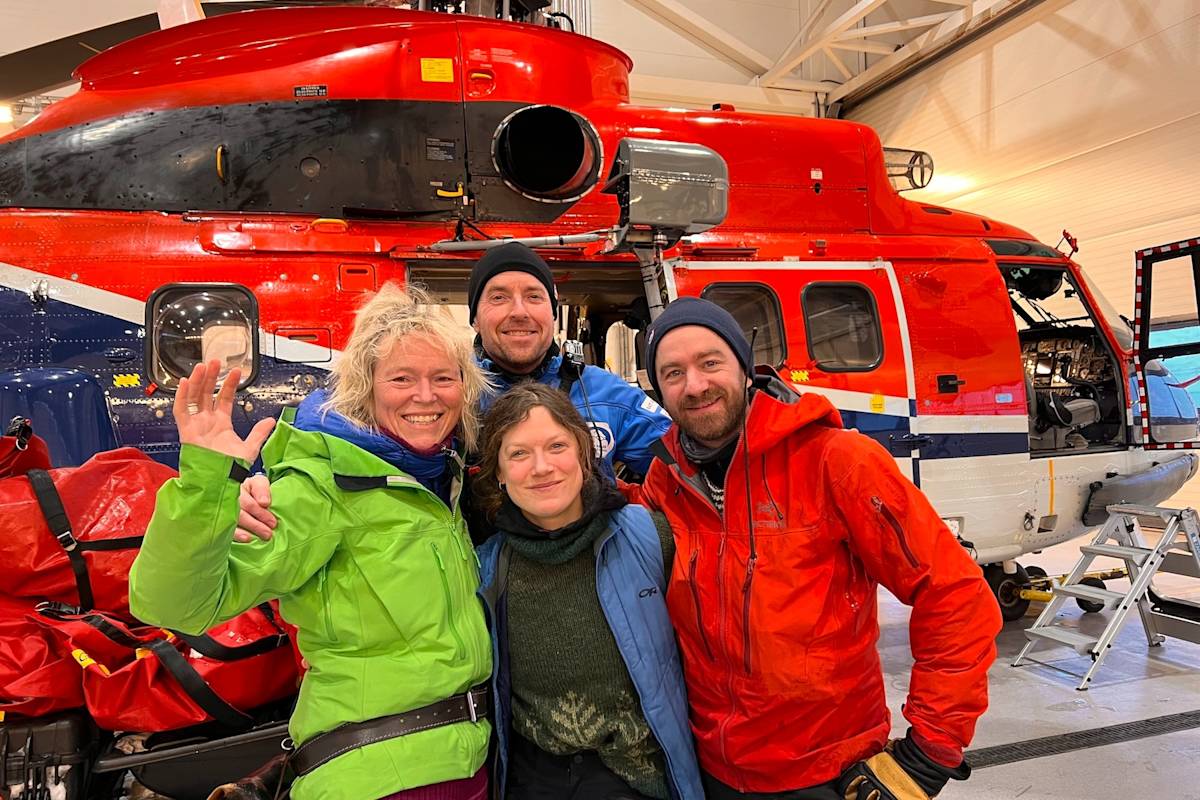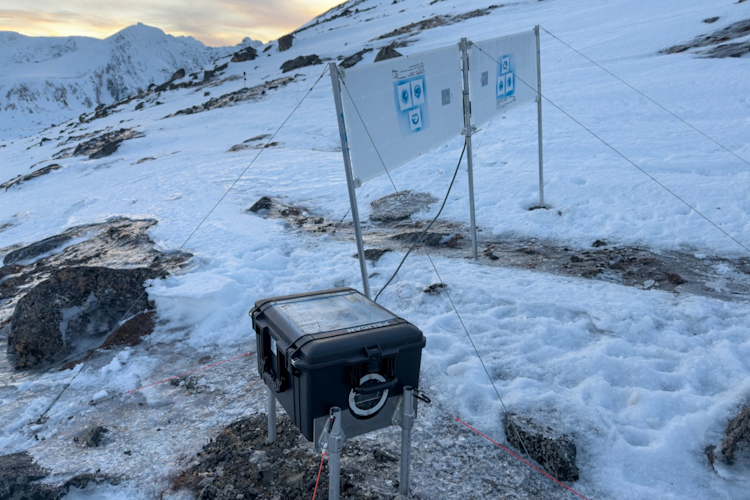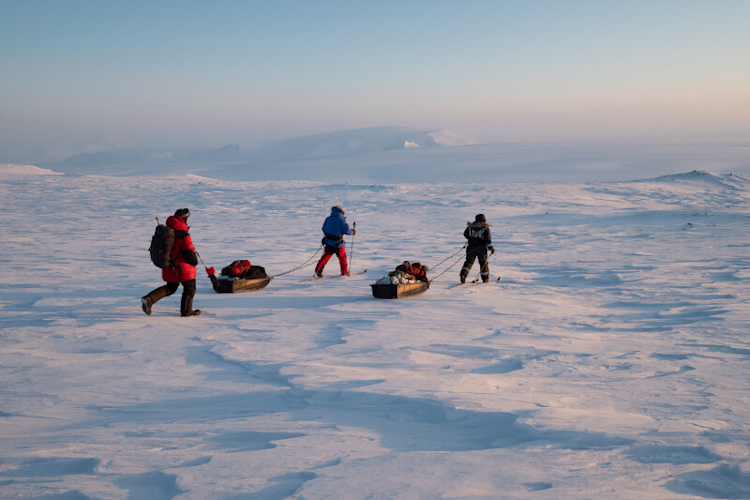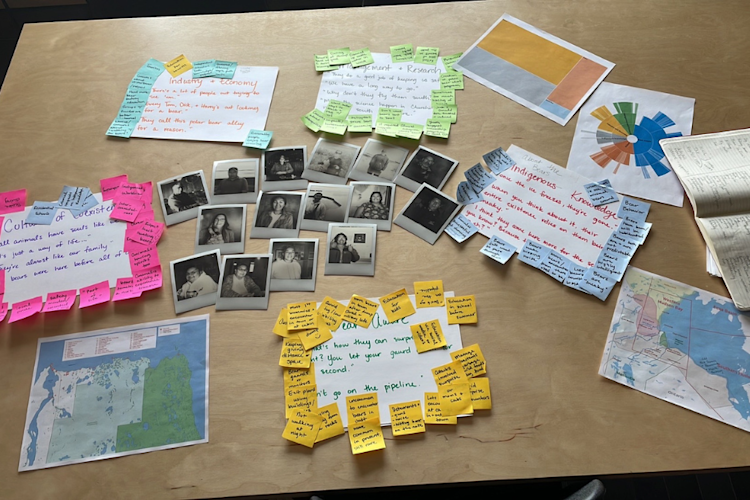After three weeks of moving gear from A to B, from B to C, from C to A, and carrying it all over again, many times, our groundwork is complete. We did it!
With the invaluable help of our partners, the San Diego Zoo Wildlife Alliance and the Norwegian Polar Institute, we successfully deployed remote camera systems in front of five (maybe six) polar bear dens as part of our Maternal Den Study.
Why “maybe six,” you ask? Well, one of the locations we arrived at had two den openings about 60 meters from each other. This could be one polar bear female making herself another shelter, right next to the old den she emerged from. Or it could mean that we found a neighbor of the female that we’ve tracked since last spring.


















